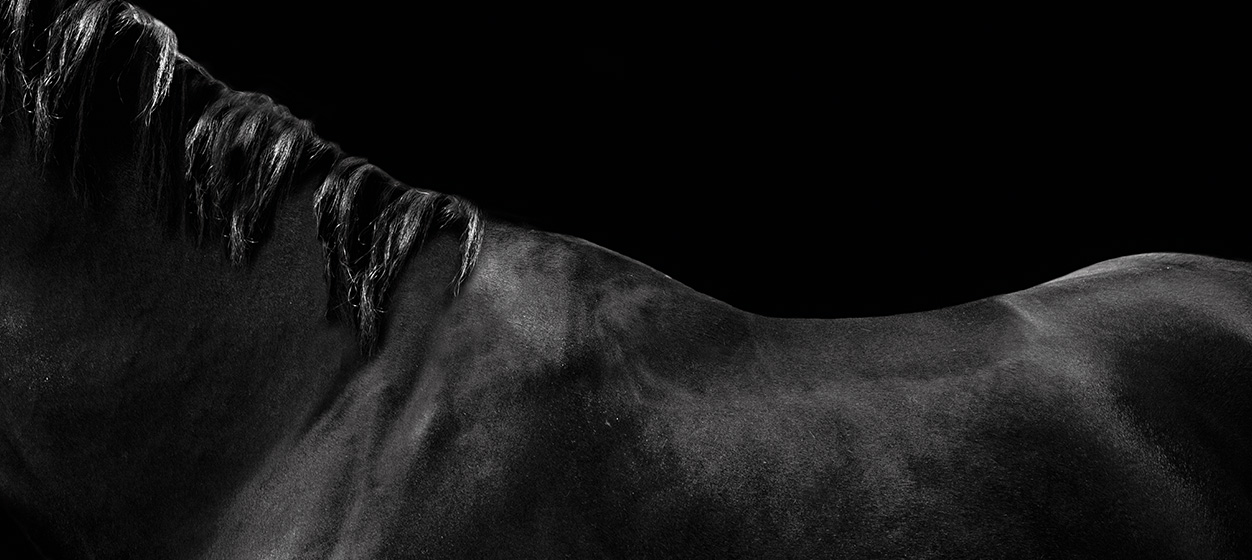Yellow
Radiant and luminous, sometimes softened, light or warm when reminiscent of sand and earth tones, yellow expresses itself across a broad spectrum of shades. Studio Liaigre regularly draws from this chromatic repertoire, which combines subtlety and boldness—and, contrary to popular belief, is far from being reserved for summer alone. Omnipresent in decoration—most often used in small accents—yellow carries varied interpretations depending on culture. While some pigments, especially ochres, first appeared in prehistoric cave paintings, the spectrum of yellow hues has followed the development of nearly every civilization. Its symbolism is ambivalent, like all colors—yellow has been both celebrated and discredited. A color full of paradoxes—vibrant and irresistibly captivating.
See details
Radiant and luminous, sometimes softened, light or warm when reminiscent of sand and earth tones, yellow expresses itself across a broad spectrum of shades. Studio Liaigre regularly draws from this chromatic repertoire, which combines subtlety and boldness—and, contrary to popular belief, is far from being reserved for summer alone. Omnipresent in decoration—most often used in small accents—yellow carries varied interpretations depending on culture. While some pigments, especially ochres, first appeared in prehistoric cave paintings, the spectrum of yellow hues has followed the development of nearly every civilization. Its symbolism is ambivalent, like all colors—yellow has been both celebrated and discredited. A color full of paradoxes—vibrant and irresistibly captivating.
Close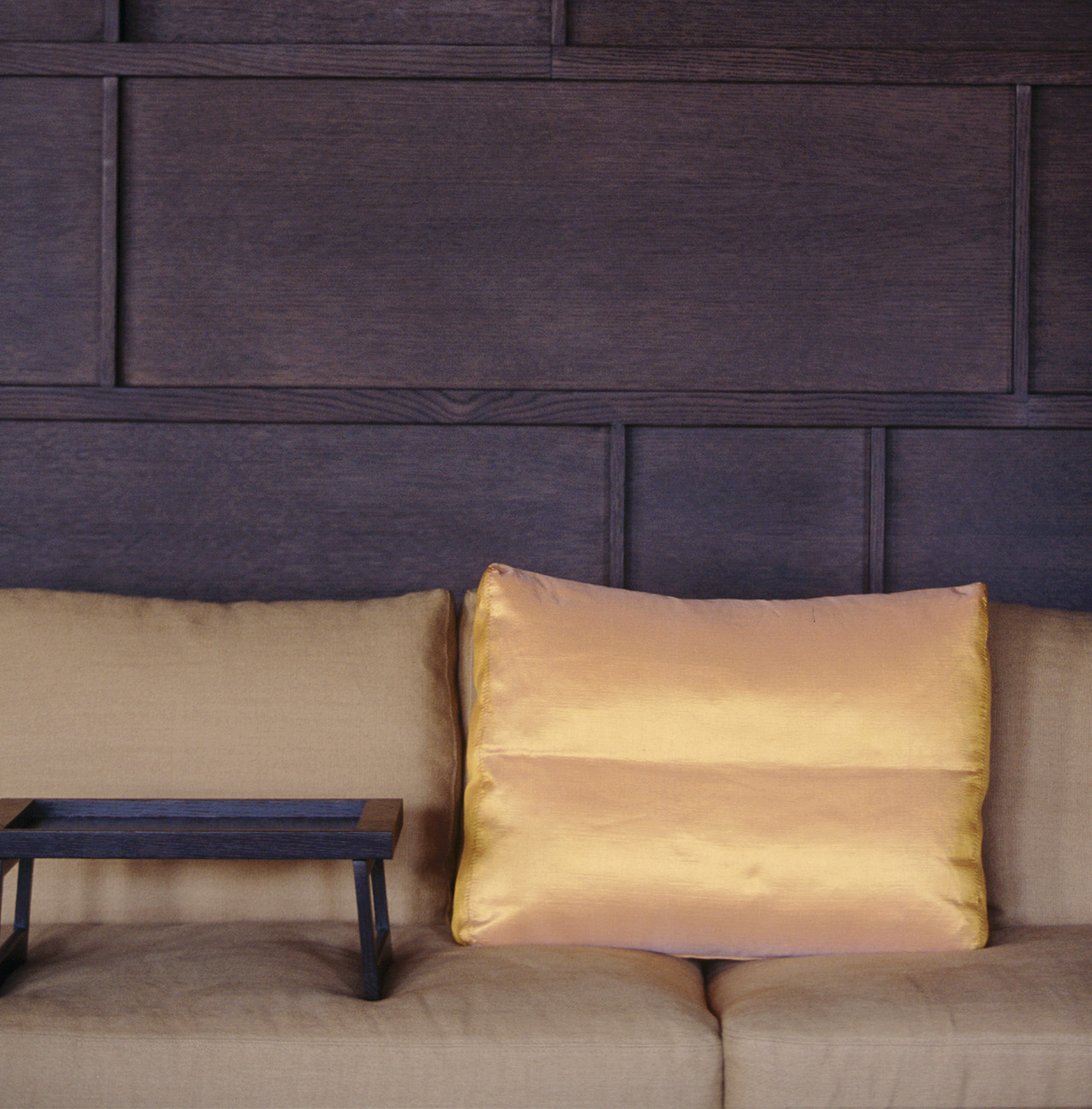
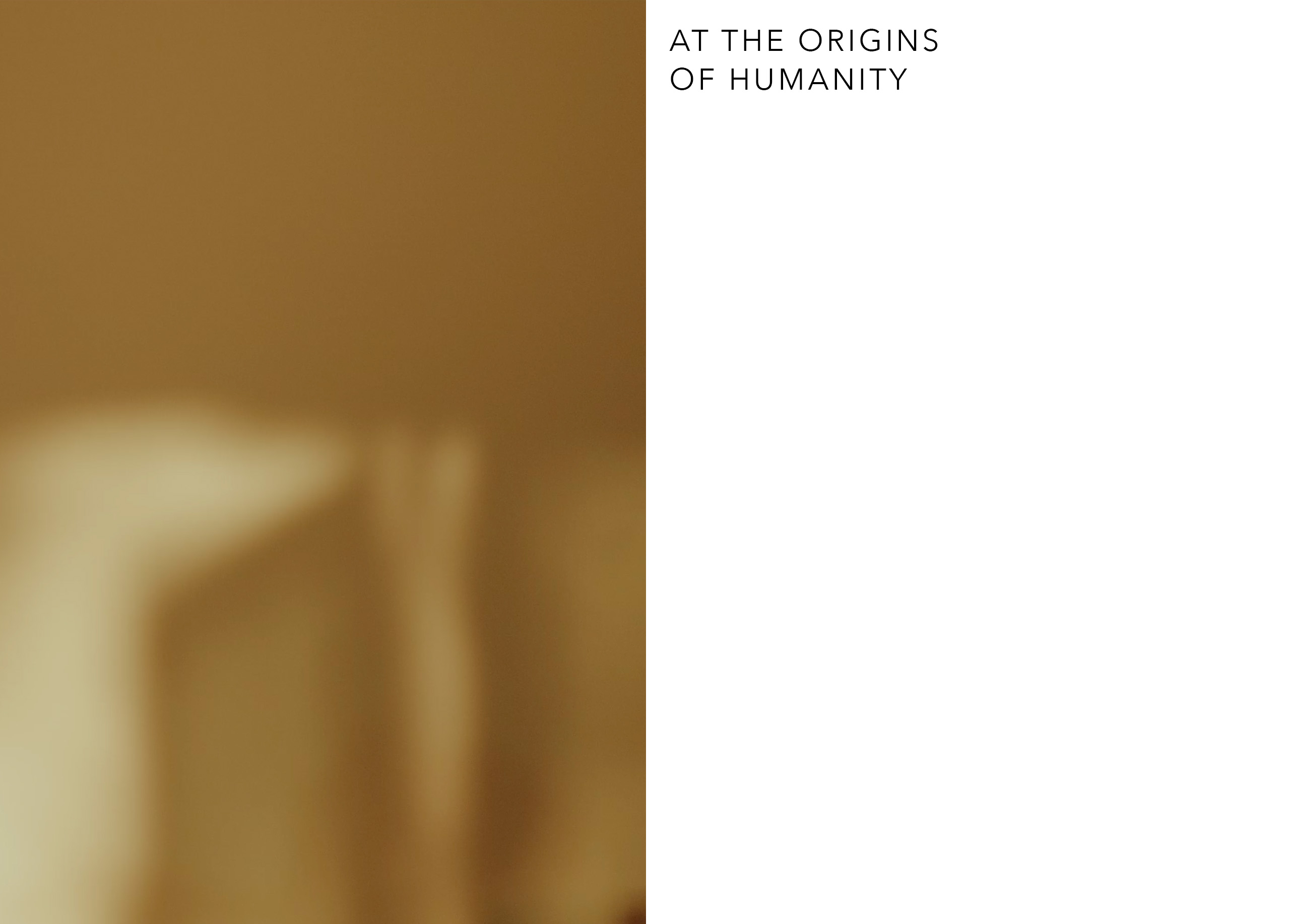
Unlike other colors that required mastering production techniques, yellow was naturally available: prehistoric people collected ochres to paint cave walls. As such, yellow is one of the first colors in the millennia-long history of art. In antiquity, new yellow pigments derived from plants such as broom and saffron enriched the existing palette. Yellow was then widely celebrated—Roman women wore yellow-dyed garments during ceremonies and weddings. The frescoes of Pompeii and Herculaneum depict women adorned in yellow.
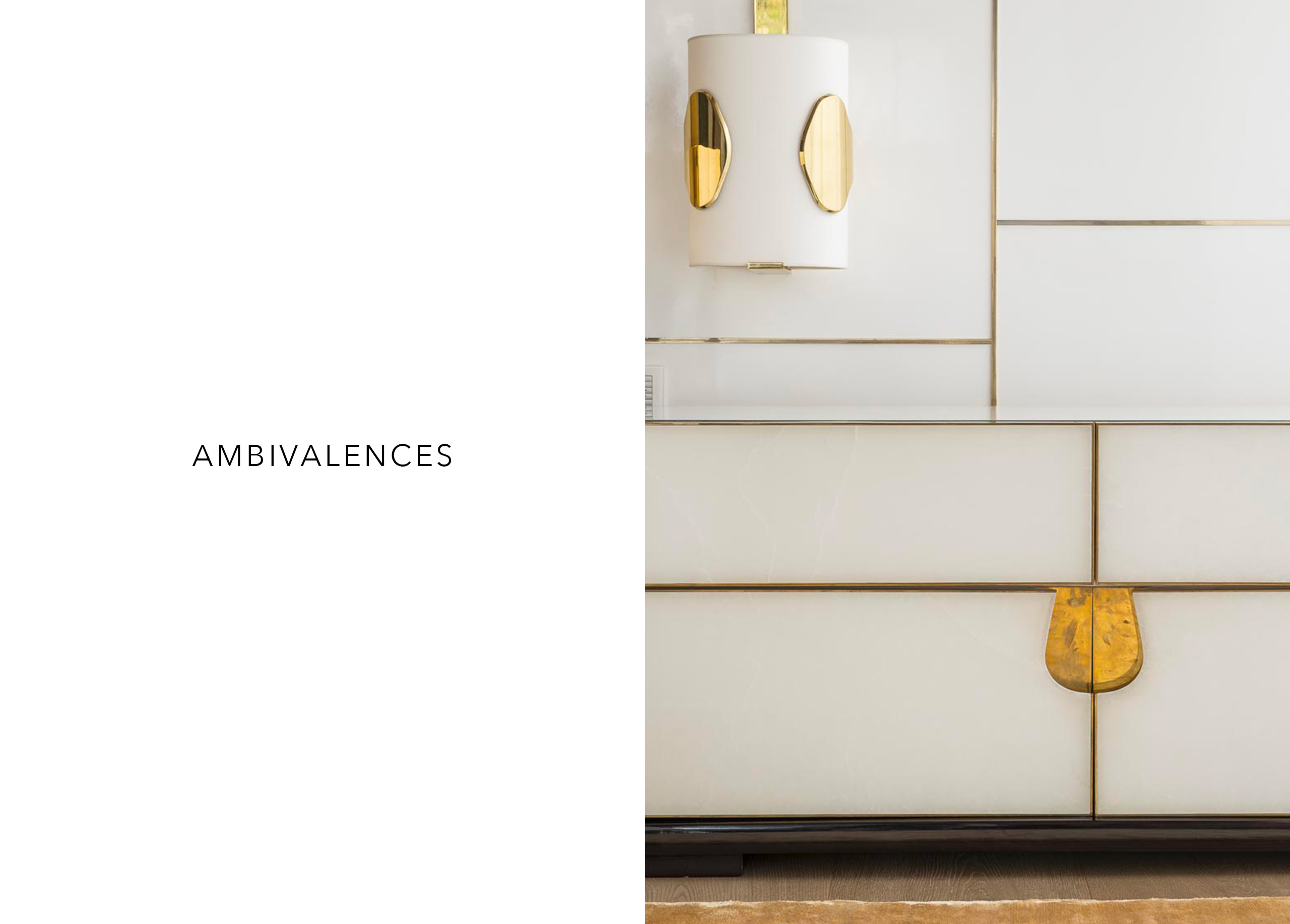
The Middle Ages and the spread of Christianity in Europe altered the perception of yellow. Religious iconography codified representations so that biblical figures could be identified across mosaics, altarpieces, and stained glass. It was during this period that Judas became systematically depicted in yellow. This association made yellow a symbol of duplicity, falsehood, and betrayal. Nonetheless, its vibrant visual qualities were not abandoned. The Middle Ages transferred yellow’s positive attributes to gold, which became linked to divine light and the heavenly sky (as seen in the golden backgrounds of Byzantine mosaics and early Renaissance paintings). Gold also symbolized wealth, power, and joy. In certain cultures, yellow signified imperial prestige—especially in China, where it was the exclusive color of the Emperor.
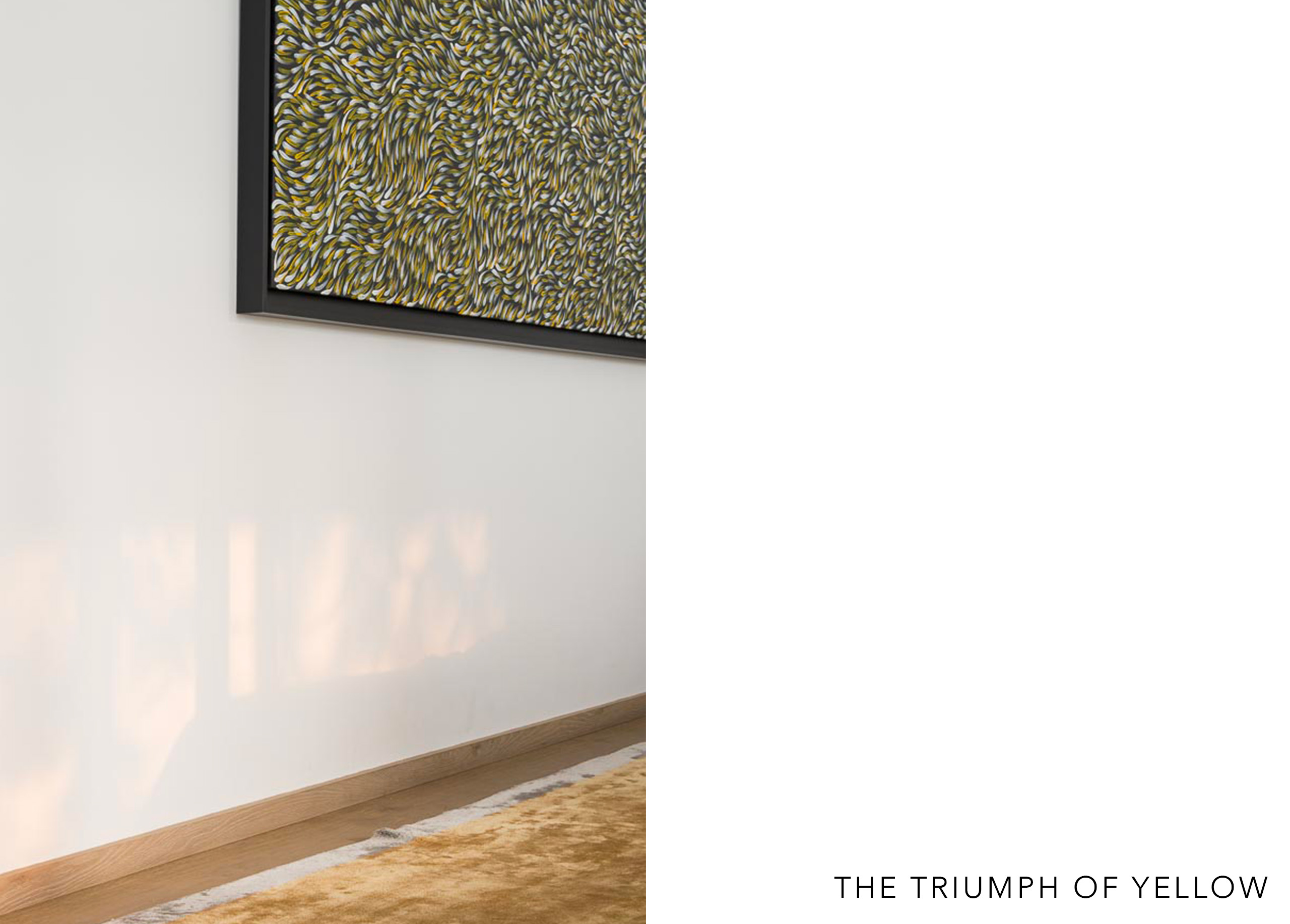
Could it be that yellow regained favor in the 19th and 20th centuries due to a decline in religious influence? That might be an oversimplification. However, from the 19th century onward, yellow began to reclaim its place among beloved colors. Once again, painting led the revival: first through the Impressionists and Post-Impressionists, then through the Nabis and Fauves. Think of the yellows of Monet, Gauguin, Van Gogh, and Matisse—palettes that reflect all the natural beauty of yellow. Meanwhile, yellow’s negative symbolism gradually faded. Today, it’s celebrated—quite literally—in the yellow jersey of the Tour de France leader.
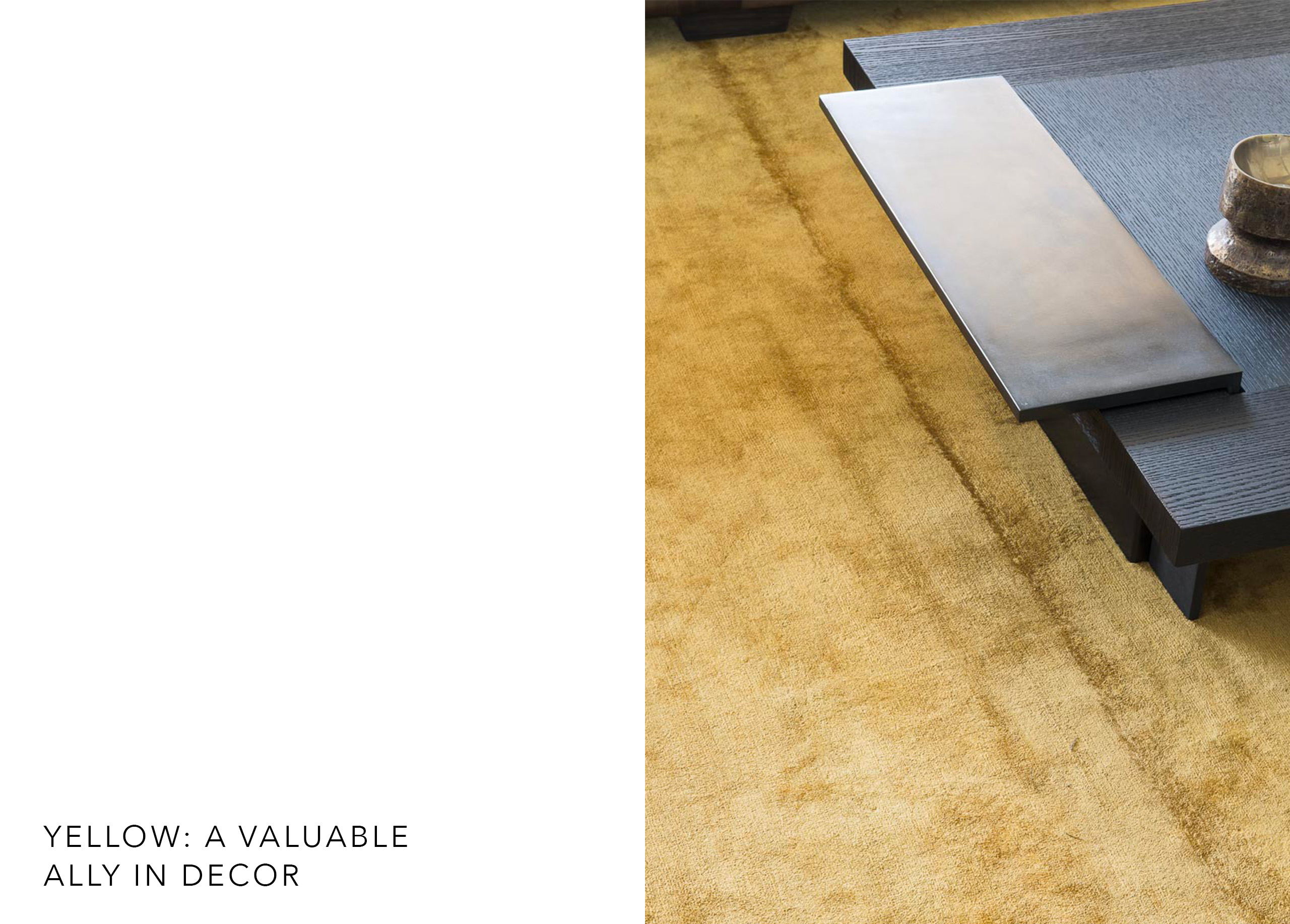
What’s striking in yellow’s history is its constant presence in interiors: wall coverings, upholstery, carpets, curtains—yellow graced the most luxurious brocades, precious silks, and gold-thread embroidery. For the great decorators of the 20th century, yellow was a tool to punctuate a space or highlight a detail. In the 1920s, the Dutch De Stijl movement, led by Gerrit Rietveld, favored radical minimalism with blocks of primary color—red, blue, and yellow. Le Corbusier would adopt similar approaches in his public buildings at Chandigarh or the Cité Radieuse. From the 1950s-60s, this vocabulary of color took hold. Designers and furniture makers embraced vibrant upholsteries and materials like Formica, fiberglass, or plastic—all available in bright tones, including yellow.
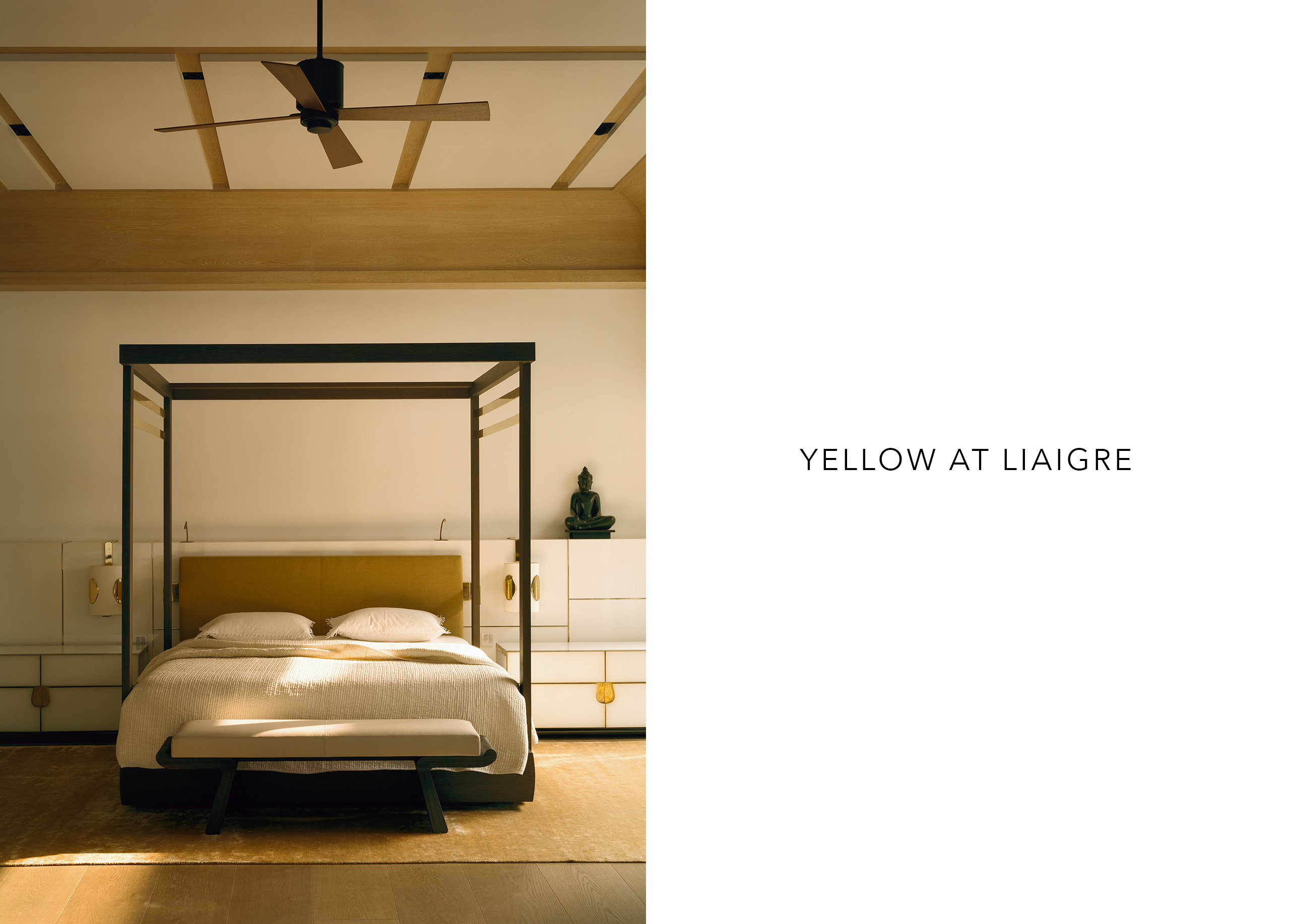
Its presence may go unnoticed, so seamlessly is it integrated across many of our projects—always in tune with Liaigre’s love for natural elegance. Yellow is everywhere, echoing the light of the landscape (as in Bora Bora or Nantucket), but also enlivening more urban contexts (a Paris apartment, a New Delhi home, a London restaurant). The yellow palette is expansive: from warm, earthy tones to solar shades and acidic bursts. Yellow leather, in a variety of nuances, upholsters chairs, armchairs, and benches. Meanwhile, cottons, velvets, silks, and wools appear in sofas, cushions, and rugs. Gold and bronze finishes enhance the light, and yellow onyx adds theatrical elegance to a restaurant bar. The Liaigre studio’s materials library offers endless
variations and possibilities. Yellow is a rich design language—whether to brighten or warm up whites and beiges, or to pair with browns and blacks. At once timeless and contemporary, sophisticated and generous, bold yet chic. Like all colors, it’s all about how it’s used—whether in discreet accents or as a central element. Yellow creates welcoming, comfortable spaces with its instantly warm ambiance. When golden or bronze, it becomes glamorous and festive. Essential to the Liaigre universe, there’s always a shade of yellow ready to complement any setting—be it a coastal retreat, a city apartment, a home, or a hospitality space.
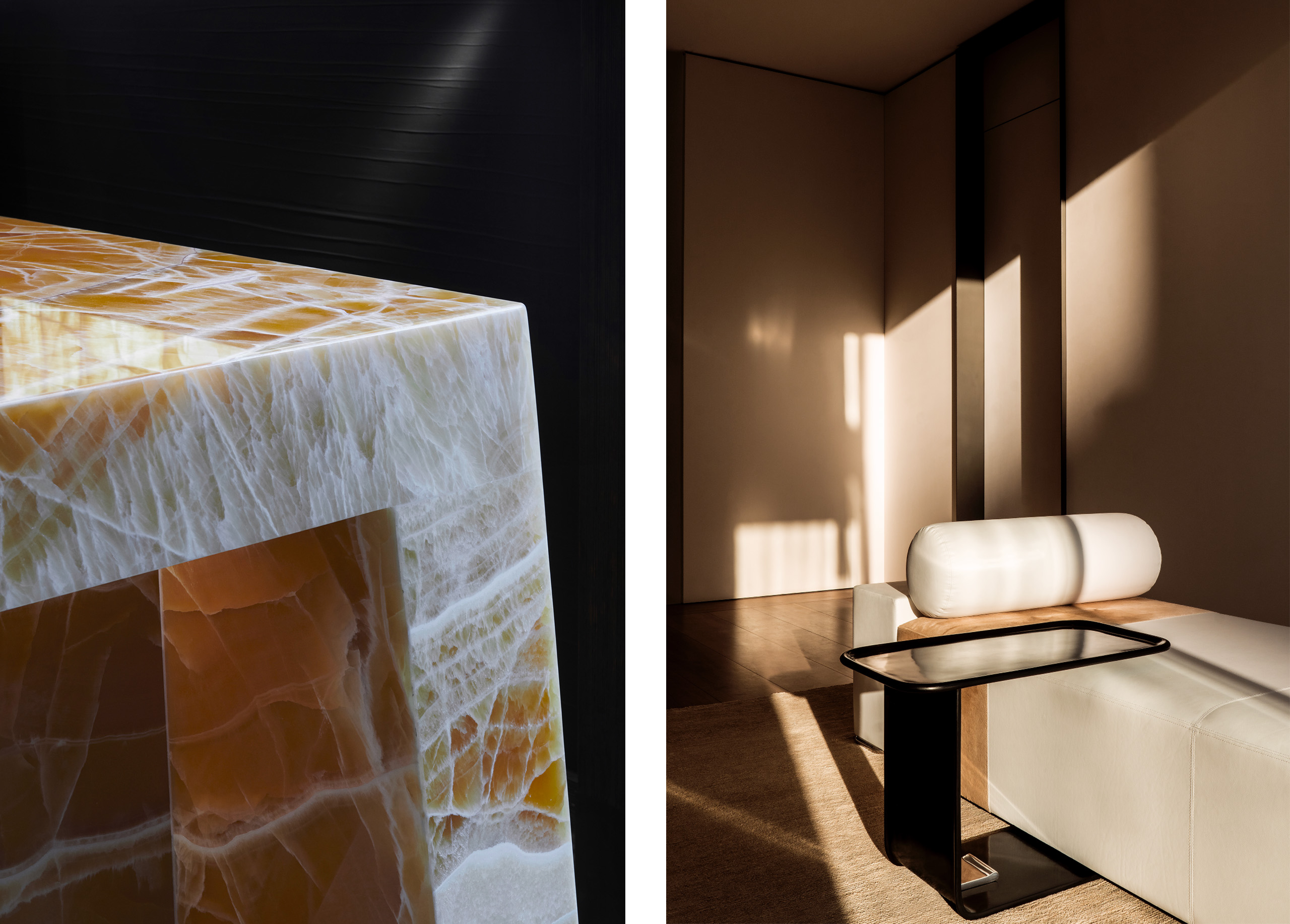
Discover other
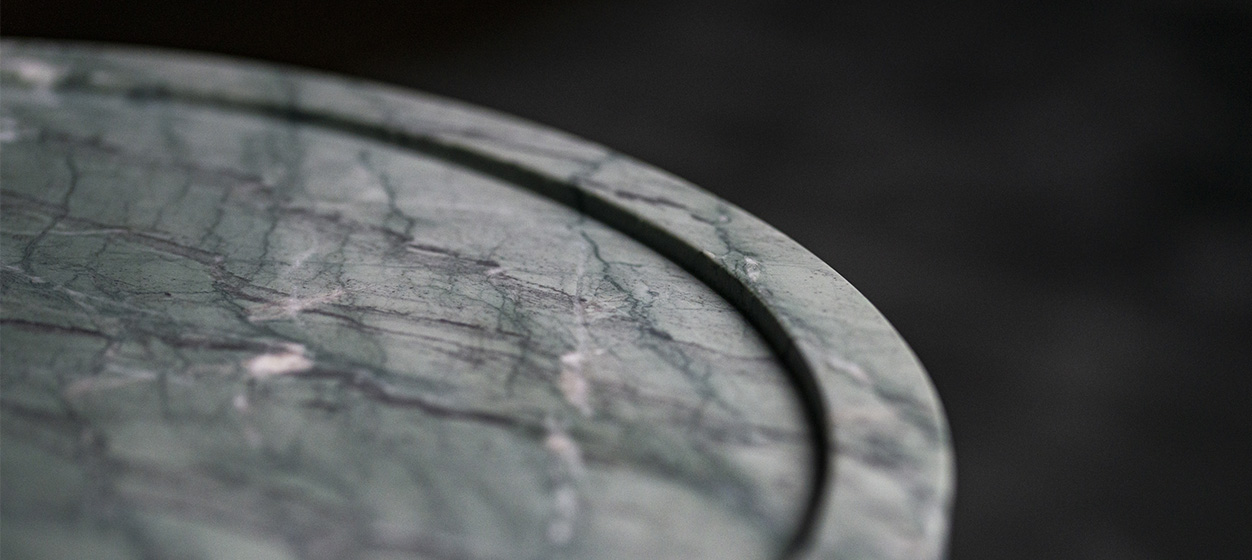
Blue
